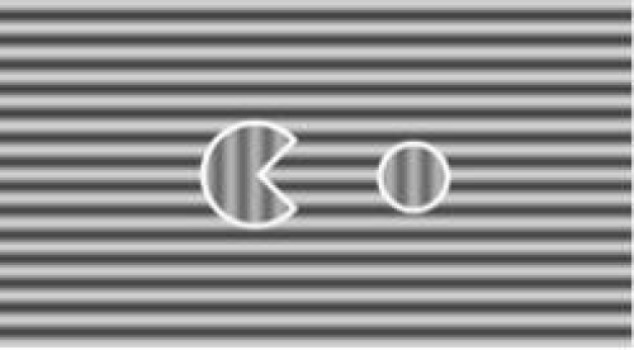An Ohio State professor has developed and tested a Pac-Man style video game to improve the vision of individuals with lazy eye and poor depth perception.
We all know that we are more likely to stick with exercise programs if they are enjoyable. This new therapy for vision impairment using video games employs the same concept and makes training fun for “lazy” eye muscles.
According to OSU researcher Dr. Teng Leng Ooi, people with amblyopia, or lazy eye, have strong sensory eye dominance. Sensory eye dominance is a person’s preference to use one eye. Lazy eye is often associated with crossed eyes or a large difference in the degree of nearsightedness or farsightedness between the two eyes. This leads to strong dominance of the “good” eye.
Dr. Ooi and Dr. Zijiang He (a psychological and brain sciences professor at the University of Louisville), first studied ways to measure sensory eye dominance. They then developed two video games that produced positive results.
Methods of treating lazy eye usually force the lazy eye to see by reducing vision in the strong eye using an eye patch or drops that cause vision to blur in that eye. In contrast, Ooi and her team used this new video game strategy to simultaneously strengthen the vision in the weak eye and suppress the vision in the other eye (which prevents the strong eye from doing all of the work).
Ooi’s study found that the games reduced sensory eye dominance and improved depth perception in adult subjects with lazy eye and in those with normal vision. The games also resulted in an improvement in the sharpness of vision in the lazy eyes. As a result, people with eyesight disabilities may soon have a legitimate excuse for playing video games!
Source: https://thelantern.com/2014/12/ohio-state-professor-uses-video-games-as-vision-therapy/
Photo Credit: Courtesy of Teng Leng Ooi, professor of optometry

